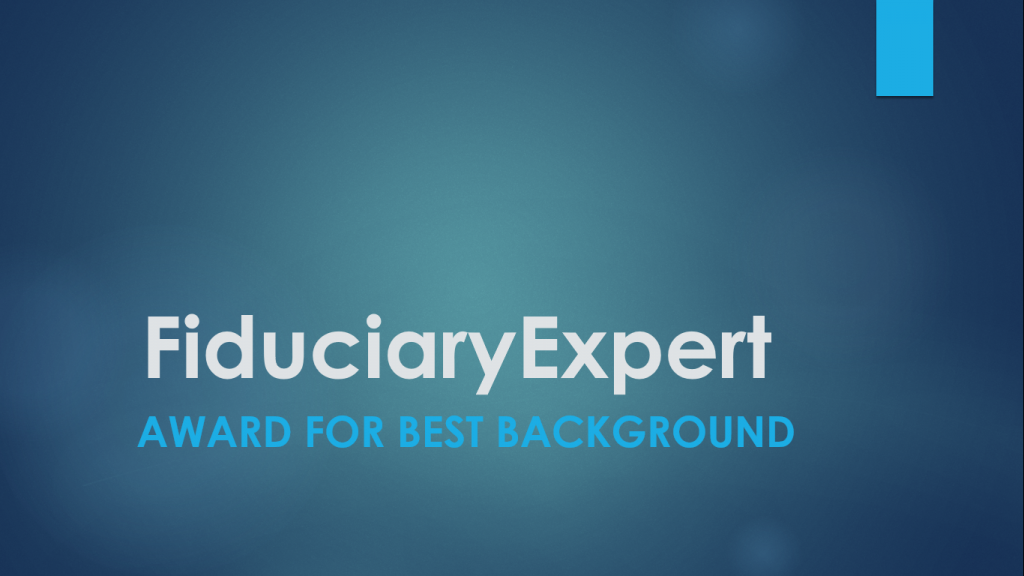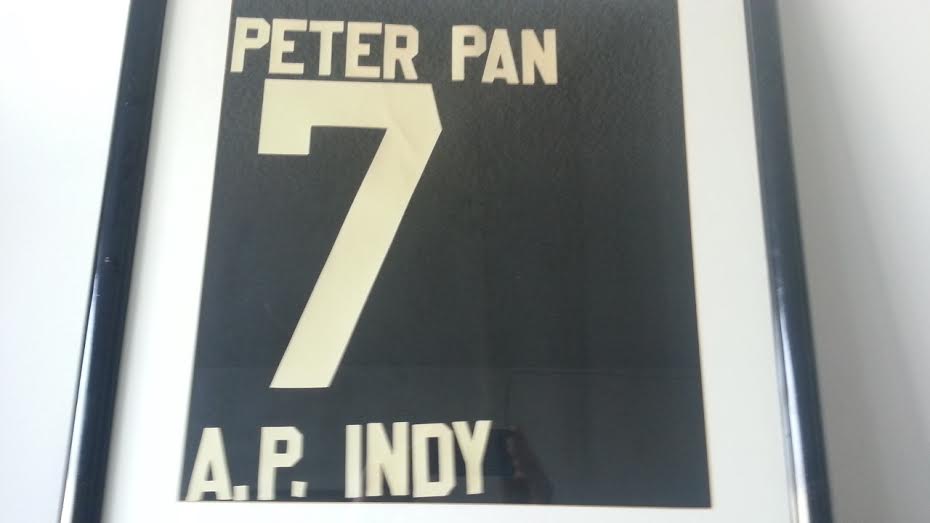Readers note: we seldom publish but when we do, it’s intended for leaders and fiduciaries who take on those responsibilities seriously. And for boards, shareholders, employees, ERISA, Taft-Hartley and public pension plans and participants and beneficiaries thereof, trust beneficiaries and non-profit boards, trustees, volunteers, employees, donors and supporters; customers, account beneficiaries and employees of banks, brokerage firms, investment advisers and or investment managers, those involved in divorces, bankruptcy, partnership or LLC disputes, parties involved in financial elder abuse including disabled persons; and college NCAA or professional athletes and creative artists. We tend to write what ought to be heard, considered and or implemented. We don’t necessarily write what some readers may want to hear, if that’s your aim, there are plenty of other sites.
Like never before bookshelves, mantels, backgrounds have not looked so tidied up, cared for, cleaned up, tended to, organized and beautified. Fake backgrounds are available to make appearances even more perfect-looking. Lamps, lighting, books, posters, photos, artwork, hair, makeup, glasses (on or off?), what to pair with sweatpants and pajamas that shows on the screen, plants have even been nicely coiffed and positioned next to curios and tchotchkes. On the acoustic front, nearly all in-home studios’ acoustics are poor, improvement is easily had using earbuds or just a basic headset, however many seem to be unaware of their far from optimal, voice bouncing off the walls “image” which some may label JFH (jarring from home). The ubiquitous coffee cups, mugs, water bottles and beverage containers have fallen short of my expectations in nearly all in-home studios. A bit off topic, but this appears to me a missed opportunity for innovative product placements especially when leveraged in a social media campaign, but I digress enough.

This year brought those same concerns and quest for solutions for board members, investment committee members, trustees and fiduciaries; including those who may not be aware they may be inside the zone of fiduciary responsibility and liability; including third-party advisors such as lawyers, accountants, consultants, and the seemingly ever-present, well-intentioned, only-trying-to-help “friends and associates”.

Whether backgrounds or fiduciary duty, broadly speaking we are referring to care. Trustees, board members and fiduciaries have an inescapable legal duty to perform their tasks with care. On top of that boards and trustees now have a slew of additional mandates to “focus” on such as:
- Pandemic Covid-19 response – safety, communications, monitoring, business protection, shutdowns, layoffs; WFH; data access, security and breaches, customer engagement and support; worker stress, rising health care risks and claims
- Heightened hiring, promotions, manager and C-level gaps and organizational response to income inequality, racial, diversity, gender and LGBTQA+ mandates
- Renewed focus and media spotlights on ESG (environmental, social and governance) both internally and externally facing
- Increased employee activism, in addition to investor, shareholder & consumer activism
- IT has been exposed in all areas; internal, external and competitively. Competitors can and do spot strategies, objectives, tactics, vulnerabilities and can and do exploit them in real-time; like never before. Therefore boards should consider establishing a new committee for IT oversight (in addition to the typical finance, audit, governance , compensation committees). As an example of leadership in this area, the US elevated the Cyber Force (created in 2009) to full status in the unified combatant command in 2018. IT is both a defensive and an offensive asset. Outdated, siloed or insecure IT can disable the organization. Not only that, it can be exploited competitively in the blink of an eye, causing preventable sub-optimal outcomes, the slow demise and eventual windup of a product or service segment or the entire entity. It’s worth mentioning, that failure to accord the mission-critical recognition to IT in terms of attracting, retaining and promoting top IT human capital to an underappreciated IT shop can certainly hamstring an organization from achieving its full potential or resign it to reliance on typically more expensive (when viewed in a total forensic economic cost of ownership lens) outsourced solutions. Weak IT can materially cost an organization in multiple ways, and loss of opportunities in significant existing and new high growth market segments. Finally, elevating your IT shop to the “A” team could scarcely be more important and urgent. We have developed unique highly effective, cross-functional, proprietary analytical tools and solutions in this area
- We have seen first-hand international, national and regional brands fail to understand the connections between traditional and digital marketing strategies, opportunities and conversions readily available “on the table” foregoing hundreds of millions of dollars in revenues and to make matters worse, cede new and existing customer relationships to 3rd parties forever. This is inexcusable and exposes organizations to claims and lawsuits for breach of fiduciary duty.
- The SEC’s exemptive relief to proxy voting advisory firms, proxy voters and issuers
- FASB’s CECL accounting standard impact of credit losses on financial statements and disclosures to regulators, investors, creditors and ratings agencies
- Privacy, Terms of service, CCPA and GDPR compliance and fines. CCPA (California Consumer Privacy Act) third update effective August 14, 2020
- Social media campaigns, footprint, advance preparations, reactions to backlash / adverse responses, even for perceived lack of support or failure to take a stand on certain hot-button issues. This just in YELP announced today, it will flag pages of businesses alleged to have racist conduct issues.
- CA AB 979 approved by Governor Gavin Newsome September 30, 2020 related to corporations’ boards of directors: underrepresented communities mandates.
- Why the US, with 4% of the world’s population has over 20% of worldwide Covid-19 cases, and has by far the most expensive health care system in the world has the most Covid-19 infections and deaths in the world, the greatest negative impact on GDP estimated at a loss of $16T (Jamanetwork “in US Alone, the $16T virus”) and implications for organizations, workforces, employee benefits, corporate wellness and shifts in final aggregate demand across products and services, some irreversible. According to JHSPH the US spends 17% of GDP vs. 9% in other OECD countries on health care, trains 40% fewer doctors, has 20% fewer nurses and has over 25% fewer acute care hospital beds.
- Tens of millions of American individuals and families facing imminent foreclosures, evictions, vehicle and equipment repossessions, seizures of personal property and bankruptcies’ impacts on themselves, the court system, agencies, charity and relief organizations, public health, landlords, neighbors, workforces, vendors, utilities, service providers (such as cable and internet firms, maintenance workers), communities and potential impacts on supply chains, and final demand for products and services. We have designed an innovative set of solutions to these problems.
- Impending loss of millions’ of workers job-based healthcare insurance plans in the nidst of a pandemic and traditional flu season
- The impacts (tax and fees hikes) and potential opportunities (such as scaling down or reducing the number of locations or increasing work from home) resulting from Covid-19’s estimated 2020 $45B budget shortfalls at states, counties, cities and municipalities including first responder, health care, schools and teachers and essential services in particular compensation, and public employees’ pension and benefits obligations and funding thereof; mindful of the impacts on the 850,000 or so outstanding municipal bonds
- Board oversight of discharged employee settlements and perhaps all settlements
- Unwanted hostile takeover offers & bids, advance preparations and responses
- Changing rules, regulations and or uneven oversight issued by government agencies
- Benchmarks – performance benchmarks should be reviewed for appropriateness at this time and of course, periodically; after all the selection of benchmarks is perhaps the single most overlooked and underappreciated source of exposure to those in a position of fiduciary responsibility and or third parties.
- Form CRS (Customer Relationship Summary), Reg BI (Regulation Best Interest) effective June 30, 2020 applicable to securities firms such as broker-dealers and bank-affiliated broker-dealers must provide advice and recommendations in the customer’s best interests. Form CRS summarizes the specifics of the account relationship; this is a RED flag event for account holders as there is a significant risk (and perhaps rights) shifting by blindly signing (especially electronically) these forms without first consulting legal counsel or us. Notably, there is still industry pushback. It bears repeating that the banking and securities firms are loath to assume any more risks to their operations among other concerns and conflicts.
- Record-low interest rates and record-low tax rates present numerous advantageous planning opportunities, and should at least be considered, discussed and debated, and if appropriate for at least some of the fiduciary portfolio prudently implemented
- KYV (Know your vendors), KYSC (Know your suppliers/chain); preventive measures in addition to KYC (Know your customer) and KYD (Know your Donor) mandates
- Enterprise, industry, union and social impacts of looming massive workforce reductions and layoffs due to workflow automation, clearing, payments, digital currencies and smart contracts
- Heightened board, committee and staff member, trustee and advisor stress and burnout due to Covid-19 and social media’s seemingly no-respite, always on call 24/7 pressures
- The re-emergence, transience and potential imprudent reliance and or assumptions around the Fed’s unilateral multi-trillion dollar 13-3 programs
- To bring some perspective, not that long ago “casual Friday” was a board, organization, stakeholder and employee hot topic.
- For expanded coverage see here

Boards, trustees and other fiduciaries already have a full plate
Yet boards, trustees and advisers still have only the same amount of time in the day to attend to matters; worse yet boards and trustees must often meet and confer remotely exacerbating extant time and attention gaps plaguing the effectiveness of boards, trustees, fiduciaries and other advisors.
Information Asymmetries; Normative vs Positive Economics
Social, economic and market distortions (asset, liability, volatility, risk pricing and insurance) and confusion are at all-time highs creating significant, material vulnerabilities and opportunities now more than ever. Basic information asymmetries between market participants, differences in the quality, accuracy and timeliness of information are worsening. The information flowing through “the grapevine” ages at hyper-speed, differences between what people are told and believe and rely on versus what they were trained or taught to believe (such as from college economics, finance or accounting courses and textbooks and other sources) aka the difference between positive and normative economics is staggering. Leaders and fiduciaries who fail to appreciate, have policies and procedures in place to counteract these issues are at greater risk; and thus stakeholders, shareholders, beneficiaries and non-profit supporters and donors in reliance upon leaders and fiduciaries (and agents thereof) are at greater risk. Said another way: decisions and actions are only as good as the information and data considered, rarely better. (We have been writing about the conflicts and the risks presented by information asymmetries since 2004 and more recently here in 2013, updated in 2016.)
A potential example of information asymmetry; abuse and or misuse?
We remain apolitical, always. However, IF accurate, a NY Times Deal Book article titled “These Traders Got the Jump on the Pandemic [on February 24, 2020]” and another NY Times article titled “As Virus Spread, Reports of Trump Administration’s Private Briefings Fueled Sell-Off” presents a brazen and reckless disregard, there-is-a-train-barreling-down-the-tracks failure to warn, endangerment of public health, caused the untimely and painful deaths of hundreds of thousands of citizens, caused millions to contract the Covid-19 virus, caused millions of family and friend caregivers unnecessary economic loss, stress and grief, exposed millions of health care workers and first responders, cost millions of businesses, jobs, caused the loss of trillions of GDP; the potential list of harms is very long, and the list of potential opportunity costs is even longer.
Senator Warren wrote (to the market regulators, the SEC and CFTC) asking if these meetings were potentially improper sharing of “inside or privileged” information by the White House to certain favored friends and donors and whether or not this fact set may have created an insider trading scenario. Senator Warren left out a critical question: What monies or remuneration were exchanged or promised such as direct payments or exchanges of value were made for the information or campaign or political contributions for access to said “inside or privileged” information? Could one label such improper or unauthorized information sharing “CovidLeaks”? Did the recipients of the information share it with clients with whom they had a contractual or fiduciary relationship such as investment advisory firms? Did the non-profit think tank share the alleged information with its stakeholders, among others? If not, did the recipients who invested and profited on the information violate or perhaps breach their contractual or fiduciary duty to clients?
Elevated risks of BFD
While bookshelves and backgrounds have never been in better shape, quite the opposite prevails in the fiduciary world; there are highly elevated risks of BFD (breach of fiduciary duty, as mentioned in this post’s title and many other posts’ titles) like never before. Boards of directors, trustees, plan sponsors, investment committee members and fiduciaries named and unnamed alike need to be better prepared, better organized and able to trust and rely upon all actors and agents assisting in the mission.
This came across our feed today regarding a major financial institution from a federal regulator:
“The agency also issued a cease and desist order requiring the bank to take broad and comprehensive corrective actions to improve risk management, data governance, and internal controls. The order requires the bank to seek the OCC’s non-objection before making significant new acquisitions and reserves the OCC’s authority to implement additional business restrictions or require changes in senior management and the bank’s board should the bank not make timely, sufficient progress in complying with the order.

Minding the Fiduciary Gaps
Despite best intentions, fulfilling one’s fiduciary duty to an individual, family, organization, trust, pension plan or other fiduciary entity is not easy; among other things it takes time, education, training, effort, determination, deliberation, supervision, monitoring and documentation. Perhaps most importantly, it takes experience.
For questions or concerns about potential Fiduciary Gaps contact@fiduciaryexpert.com or (310) 943-6509 (accepts calls and texts)
Fiduciary, Securities, Compensation, Employment, Compliance, Governance, Payments, Valuation / Damages & Forensic Tracing Expert since 2003
Digital Marketing, Advertising, Promotion, Audit, Delivery & Online Ordering Expert since 2010
Copyright Chris McConnell & Associates 2004 to 2021 All rights reserved in all media.
No part of this website may be copied, shared or reproduced in any form or referred to in any other publication without the express written authorization of Chris McConnell & Associates.



